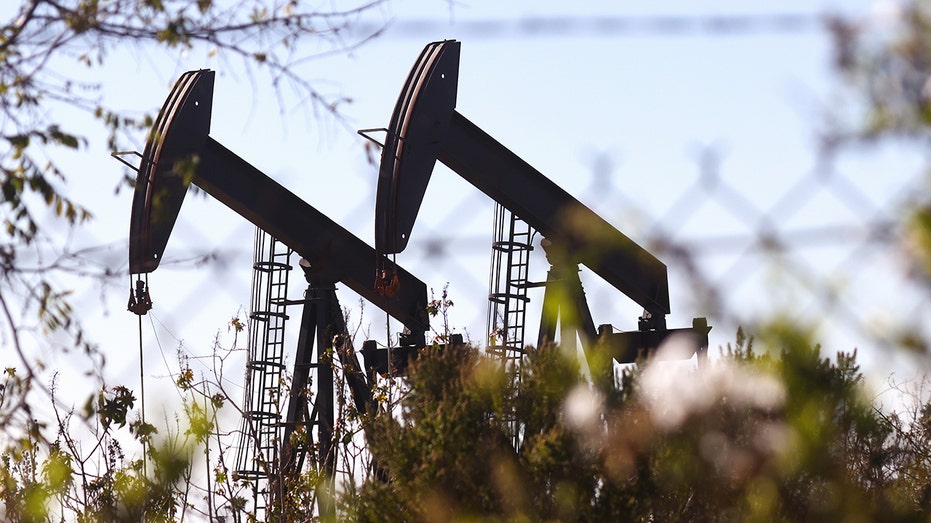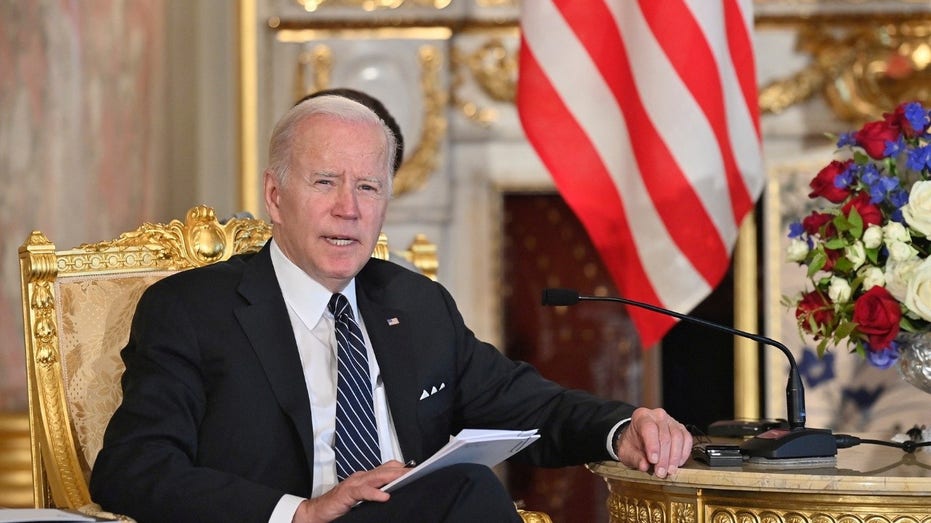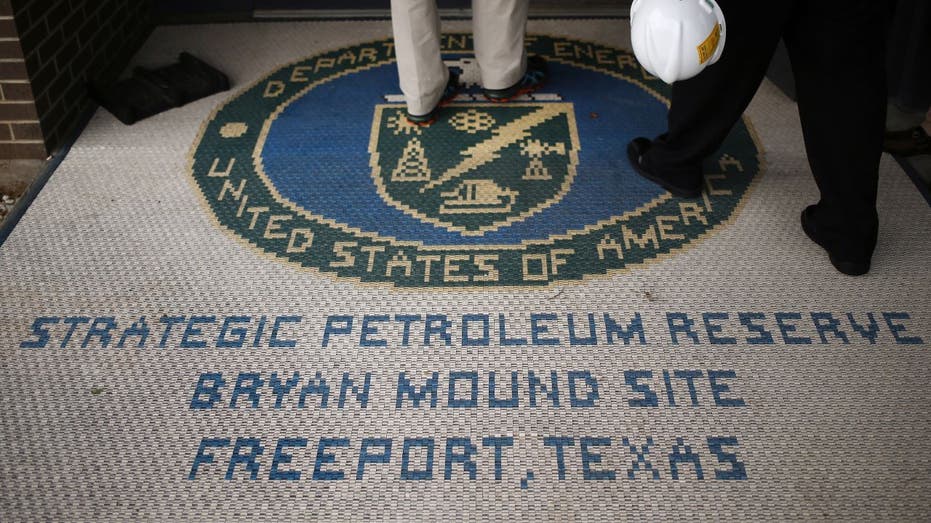Strategic Petroleum Reserve near historic lows as war breaks out in Middle East
High oil prices have delayed efforts to replenish the Strategic Petroleum Reserve
David Nicholas on impact of war in Israel: It all comes down to energy
Nicholas Wealth Management President and Founder David Nicholas joins Varney & Co. to discuss the implications of the ongoing war in Israel.
The Biden administration’s drawdowns of the Strategic Petroleum Reserve (SPR), which serves as America’s emergency stockpile of petroleum, and high market prices delaying efforts to replenish it have left the reserve near its lowest level since 1983 as the war in the Middle East that could destabilize global oil supplies.
Data from the Energy Information Administration (EIA) indicates that the SPR had about 351.3 million barrels of oil stockpiled as of the week ending Sept. 29 — a slight increase from the lows of 346.8 million barrels in July and August. The last time the SPR was at or below 350 million barrels for an extended period of time was the fall of 1983, when it was still in the process of being filled, and the reserve had over 650 million barrels stockpiled for most of the last decade.
A 2021 estimate from the EIA puts U.S. oil consumption at about 20 million barrels of oil per day. This means that if the U.S. was forced to rely solely on oil in the SPR without access to new domestic production or imports, the U.S. would deplete the SPR in about 17 days — about half the historical average of 33 days dating back to 1990.
The SPR contained 638 million barrels of oil the week of Biden’s inauguration, but drawdowns aimed at curbing high gas prices, as well as those announced following Russia’s invasion of Ukraine, have dropped the reserves to their current level. While the Biden administration is planning to replenish the SPR when oil prices are around $75 a barrel, an uptick in prices to above $80 a barrel in recent months led to the cancellation of a planned purchase of 6 million barrels in August.
MIDDLE EAST CONFLICT RAISES RISKS TO GLOBAL ECONOMIC OUTLOOK

The U.S. Strategic Petroleum Reserve is around the lowest levels since 1983 as war in the Middle East threatens to disrupt global oil supplies. (Mario Tama/Getty Images / Getty Images)
"Obviously, they can’t fill it back up, it’s too late — the horse has left the barn," said Phil Flynn, analyst at Price Futures Group and FOX Business Network contributor. "So now, you have to find ways to strategically maybe limit supplies and if things get really hot, we might have to limit exports to Europe which we don’t want to do because they’re counting on us to make up for Russian supply."
BIDEN TO SELL 26 MILLION BARRELS MORE FROM THE STRATEGIC PETROLEUM RESERVE

President Biden in 2021 announced a 260 million barrel drawdown of the Strategic Petroleum Reserve. (Reuters / Reuters Photos)
After President Biden took office, he announced plans to release up to 260 million barrels of oil from the SPR from October 2021 to October 2022. At the end of September 2021, oil stocks in the SPR were about 618 million barrels. To help preserve what was left of the SPR, the Biden administration and Congress agreed to cancel the sale of about 140 million barrels that had been mandated by previously enacted legislation.
"America’s SPR remains the largest in the world and stands ready to deliver on its mission to provide refiners and the American public relief in the event of supply disruptions," a Department of Energy spokesperson told FOX Business.

The Strategic Petroleum Reserve was created in 1975 and currently has a maximum capacity of 713 million barrels of oil. (Luke Sharrett/Bloomberg via Getty Images / Getty Images)
What is the Strategic Petroleum Reserve?
The SPR was created in 1975 under the Energy Policy and Conservation Act in response to the OPEC oil embargo of 1973-74, which was imposed by Arab countries in OPEC as retaliation for the U.S. resupplying Israel’s military during the Yom Kippur War.
The SPR was initially intended to have a capacity of 1 billion barrels of oil, although it never reached that level. Currently, the SPR has a congressionally authorized maximum storage capacity of 713 million barrels. The Energy Dept. states on its website that oil can be removed from the SPR at a rate of about 4.4 million barrels per day for up to 90 days.
The law permits unlimited releases from the SPR following the presidential determination of a severe energy supply disruption or an international energy program-mandated sale. Prior to 2022, there were three emergency SPR releases, for Operation Desert Storm in 1991, Hurricane Katrina in 2005 and oil supply disruptions due to the Libyan civil war in 2011 — which ranged in size from 11 million barrels to 30.6 million barrels, according to the Congressional Research Service.
Limited drawdowns of no more than 30 million barrels in a 60-day period subject to a minimum storage level of 252.4 million barrels as of April 2022. Congress also periodically mandates SPR sales to provide revenue to pay for other legislative priorities. Additionally, Congress has required the sale of nearly 22 million barrels to the tune of $1.4 billion to pay for an SPR modernization program.
GET FOX BUSINESS ON THE GO BY CLICKING HERE
SPR reserves are stored at four locations thousands of feet below ground in salt caverns because those geological formations are more advantageous than surface facilities in terms of cost and maintenance, in addition to environmental and security concerns.
Geological pressures naturally seal cracks that emerge in salt formations to prevent leaking oil from seeping out, while the temperature difference keeps oil circulating to maintain its quality. The salt caverns can also be enlarged to fit precise dimensions through a mining process in which the salt is dissolved using fresh water.
America now has years of energy insecurity: Phil Flynn
FOX Business contributor Phil Flynn discusses how the level of petroleum reserves are the lowest they’ve been since the 1980s on ‘The Bottom Line.’





















